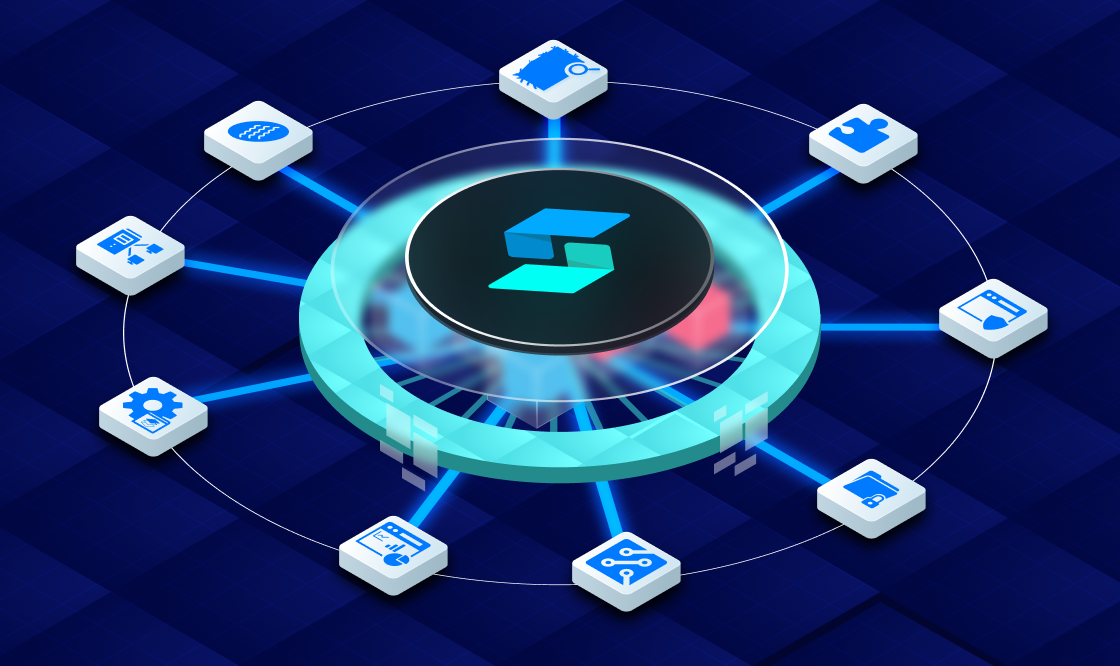
Exploring Security Automation Tools: Enhancing Cybersecurity with AI and Automation
Security automation is revolutionizing how we approach cybersecurity. Leveraging advanced tools and technologies, these tools help streamline repetitive and time-sensitive tasks with minimal human involvement. As cyberattacks grow in sophistication, the role of security automation tools becomes even more vital. They not only enhance operational efficiency but also minimize vulnerabilities caused by human error, making them a key component in modern cybersecurity strategies.
Estimated Reading Time
8 minutes
Key Takeaways
- Security automation tools are crucial for modern cybersecurity strategies.
- They enhance efficiency, reduce human error, and support real-time threat responses.
- Integrating AI and automation enhances threat detection and management capabilities.
Table of Contents
- Understanding Security Automation Tools
- Benefits of Security Automation Tools
- AI Security Tools
- Cyber Automation Platforms
- Choosing the Right Threat Automation Software
- Integrated Security Solutions
- Case Studies and Real-World Applications
- Future of Security Automation
Understanding Security Automation Tools
Security automation tools are specialized technologies that handle critical cybersecurity tasks like threat detection, incident response, vulnerability management, and compliance reporting with little human intervention. They seamlessly integrate with existing security infrastructure, such as firewalls, Endpoint Detection and Response (EDR), or Security Information and Event Management (SIEM) systems. These tools automate workflows and process security data in real time, enabling organizations to manage vast amounts of security information swiftly (source, source, source, source).
Benefits of Security Automation Tools
Improved Efficiency
Automated systems are significantly faster than manual methods when it comes to processing large datasets. This rapid processing capability shortens the turnaround time for threat analysis and response, allowing organizations to deal with potential security threats more effectively (source, source).
Real-Time Monitoring and Faster Response
Security automation tools provide real-time threat detection, crucial in preventing extensive damage or the escalation of cyber incidents. These tools ensure immediate action can be taken, which is essential in maintaining strong security postures source (source, source).
Reduction of Human Error
By automating repetitive and high-pressure tasks, security automation tools ensure consistency and reduce errors. This reduction in human error is especially valuable in scenarios demanding rapid decision-making (source, source).
Scalability
Automation tools are designed to handle increasing volumes of security data, a crucial benefit for organizations looking to expand. As businesses grow, so do their cybersecurity needs, making scalable solutions essential for maintaining security effectiveness source (source, source).
Cost Savings
By optimizing operations and reducing the need for labor-intensive tasks, security automation tools offer significant cost savings. Organizations find these tools not only streamline cybersecurity processes but also prove to be economically beneficial (source, source).
AI Security Tools
Role of AI in Automation
Artificial Intelligence (AI) enhances security automation by enabling advanced features such as machine learning-powered behavioral analysis, predictive threat detection, and adaptive learning. These capabilities significantly increase the effectiveness of security measures (source, source).
Unique Capabilities
AI’s ability to surpass traditional automation lies in its pattern recognition capabilities, which allow for anomaly and new threat detection in vast datasets. This proactive approach aids in building effective defensive strategies (source, source).
Examples
AI tools are transforming cybersecurity workflows. For instance, leveraging behavioral biometrics for robust user authentication and deploying AI-driven anomaly detection systems ensure more secure environments (source, source).
Cyber Automation Platforms
Security Orchestration, Automation, and Response (SOAR) platforms, along with Next-Gen SIEM systems, are at the forefront of integrating multiple tools for comprehensive threat monitoring and response source. These platforms enhance the effectiveness of security automation by offering:
- Real-time data analysis
- Automated vulnerability management
- Incident playbooks
- Centralized dashboards for enhanced visibility (source, source)
Choosing the Right Threat Automation Software
When selecting threat automation software, consider these key criteria:
- Compatibility with your existing infrastructure
- Scalability to accommodate growth
- Customization options and user-friendly interfaces
Ensure the software’s features align with organizational needs, whether for compliance automation, incident response, or other requirements (source, source).
Integrated Security Solutions
Holistic security strategies involve more than just automation. While automation tools enhance threat detection and response capabilities, they are most effective when integrated with other security measures like firewalls and manual oversight. This combination ensures a robust defense posture by enabling different security elements to work together cohesively source (source, source, source).
Case Studies and Real-World Applications
Numerous companies have successfully implemented automated incident response tools, achieving significant reductions in detection and response times. Such implementations not only improve overall efficiency but also reduce costs (source, source). Highlighting instances where real-time threat isolation and patch automation prevented data breaches showcases the substantial impact of these automation tools.
Future of Security Automation
As security automation continues to evolve, emerging trends such as the integration of generative AI, advanced predictive analytics, and blockchain technology promise to enhance cybersecurity further. These advancements offer greater traceability in cyber defenses source. However, as AI tools advance, balancing automation with ethical oversight and safeguarding against misuse remain critical challenges (source, source).
Conclusion
Security automation tools play a pivotal role in defending against modern cyber threats. They enhance efficiency, reduce human error, and ensure swift threat responses, making them invaluable for contemporary cybersecurity strategies. Organizations must explore these technologies to fortify their defenses and build a resilient security framework.
Call to Action
- Consider exploring recommended tools and platforms mentioned above for a tailored security solution.
- Share your experiences or questions in the comments to foster a collaborative discussion on next-gen security automation tools.
FAQ
What is security automation?
Security automation involves using technology to perform security tasks with minimal human intervention, enhancing efficiency and reducing errors.
How does AI improve cybersecurity?
AI improves cybersecurity by offering advanced threat detection, adaptive learning, and real-time data analysis capabilities that go beyond traditional automation.
